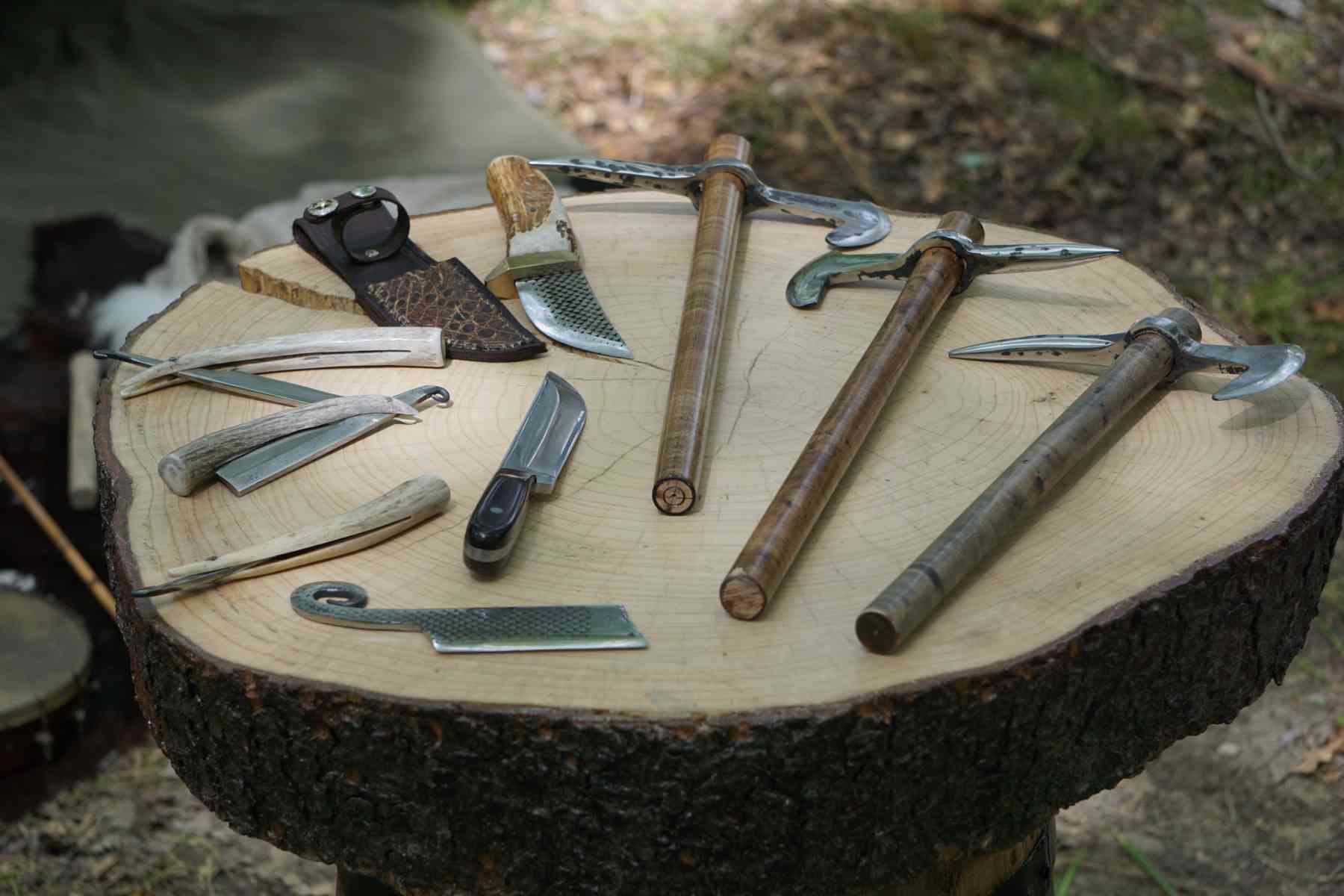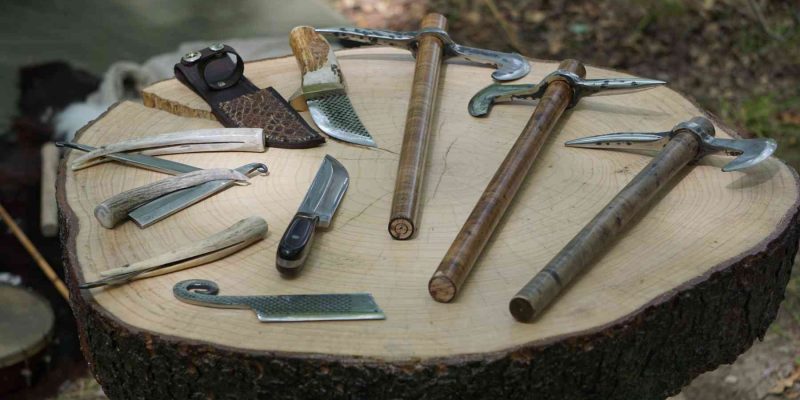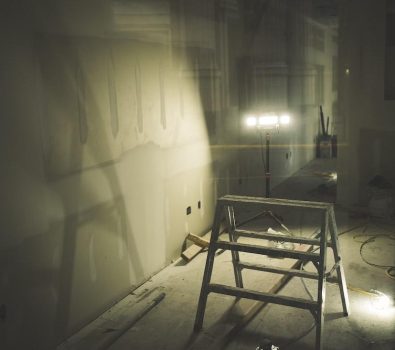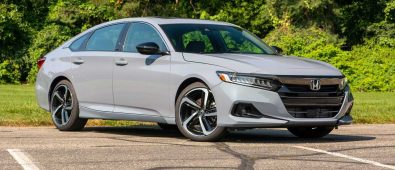If you are into hunting big games like moose or elk, you want the perfect hunting tools to make your delivery successful. And what better than a bow and arrow with a perfect broadhead?
With practice, not only will you achieve more accuracy, but you will also get the maximum penetration possible.
Now, when it comes to broadheads, there are a few designs to pick from. Fixed blade broadheads are more traditional and simpler than their counterparts. Regardless, many people are going back to them because of their incredible performance and durability. But what exactly makes them so reliable?

Let’s delve into the design features of a typical fixed-blade broadhead:
Blade Design
Typically, a broadhead’s top is pointed and sharp. It then broadens as you move along the length of the blades. Most fixed broadheads come with four equally spaced blades permanently attached to a middle rod but there are modern designs that come with two or three blades.
Each blade is extremely sharp and, when delivered accurately, cuts through the game instantly. Different heads come with varying thicknesses. Typically, the thicker the blades, the stronger the broadhead.
That said, a broadhead’s blades come ready to use right off the box and usually do not need further sharpening. For this reason, always use a broadhead wrench when screwing it into your arrow. The wrench will cover the blade and prevent severe cuts, which can easily occur if you are not careful.
But if you are unsure about the sharpness of your broadheads, you can test them by cutting a couple of stretched-out rubber bands.
Also Read: Home Improvements Are A Breeze With These Online Tools
Screw End
Moving from the blades, we have an extended rod, which is the part that connects to the arrow. Usually, this end is meant to be fastened tightly into the arrow for a secure hold. This area should come with helical ridges for easy screwing.
To get the best results and ensure accuracy in your shots, you want to make sure that the screw end is firmly fixed onto the arrow. So, the broadhead should not move about. Otherwise, it might not survive the tough wind resistance when the arrow travels at high speed.
Material
Just as blade designs differ, fixed broadheads also feature varying materials. The most commonly used metals are steel, titanium, and aluminum. Each material has its benefits and drawbacks.
Aluminum is the lightest of the three, which means it makes heads of significantly less weight. However, by making them lighter, manufacturers compromise strength and durability. So, no matter how hardened they are, they will still be weaker and have a shorter lifespan than steel.
Titanium is heavier than aluminum, which means it packs a little more punch. But not all titanium broadheads are crafted the same.
Titanium comes in different grades, with the top grade being the strongest. So, you should definitely check this information before making your purchase. If these specifications are not provided, you are likely looking at a weaker grade product.
Lastly, there is steel. Most of the high-end blade broadheads are made of steel. It is much stronger than aluminum and titanium, making it the perfect material for making broadheads for large game bow hunting.
Steel is generally more dependable and should last you a lot longer than other materials. However, just like titanium, steel has varieties. And for this reason, there are standard rating metrics for hardness (Rockwell Hardness) and resistance to impact (Charpy V Notch).
The higher the steel quality, the stronger and more resistant your broadheads will be. Most of the best broadheads you will find are made of stainless steel. However, with premium steel, which has high Rockwell Hardness and Charpy V Notch ratings, you are going to cough up a lot more from your pocket.
The Construction
Two broadheads from two different manufacturers may look similar. However, that does not mean that they are constructed the same. Generally, there are two types of constructions; component broadheads and single broadheads.
With a component broadhead, each part is constructed separately and then assembled to make a head. Typically, these heads are designed with aerodynamic practicality and as such, move quite swiftly through the air.
Then there’s the single broadhead, which is constructed from one block of steel. These are usually stronger and more durable.
Also Read: 6 Home Renovation Tips for Converting Your Home into a Smart Home
Take Your Bow Hunting to the Next Level with Quality Steel Fixed Blade Broadheads
Are you a bow hunter looking to up your game hunting? If you are looking for strength, durability, and impact resistance, fixed blade broadheads are the perfect additions to archery.
However, you want to ensure you are going for the best heads to get your money’s worth. That is a sharp tip plus blades and single block steel built. Most importantly, use this guide to help you find the perfect picks for your next hunting trip.




